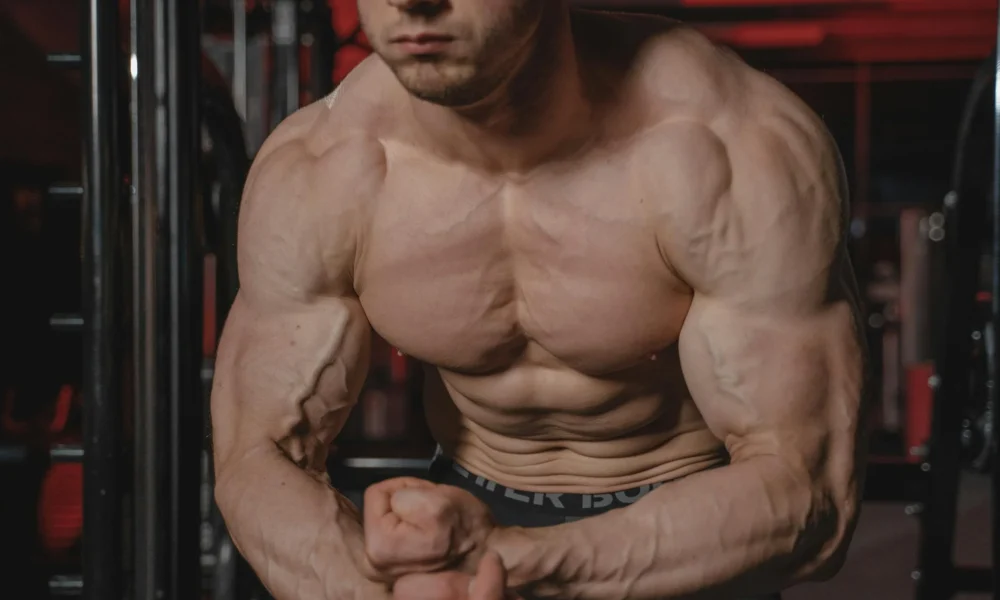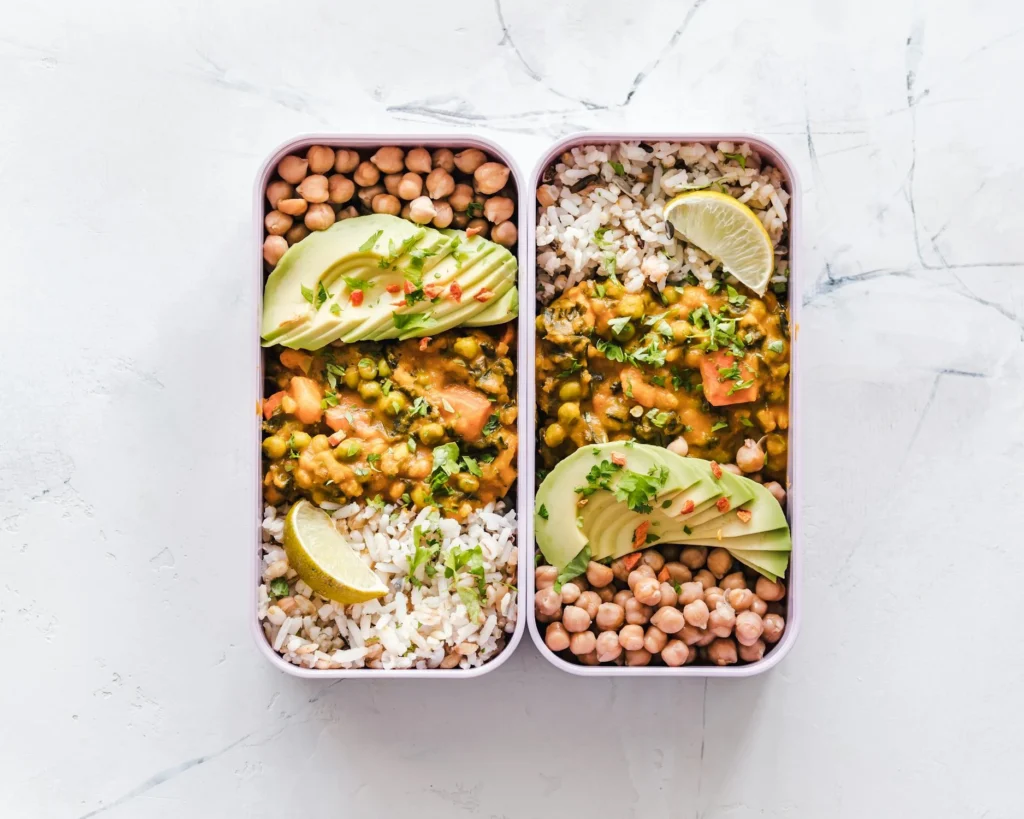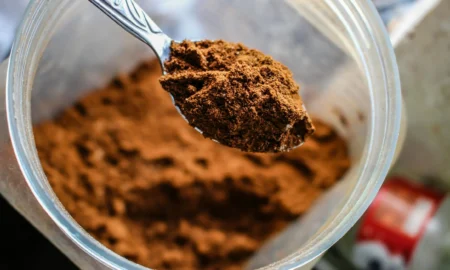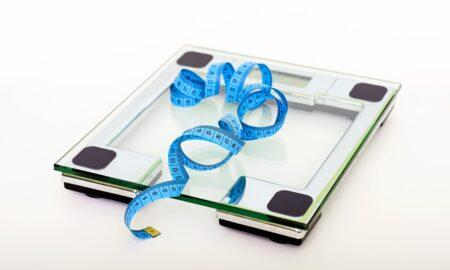

Bodybuilders need lean muscle mass and a chiseled physique before the competition. This can be achieved by a fitness term referred to as “cutting”. This process involves reducing calorie intake and doing more cardio to reduce body fat and weight.
This article explains everything about cutting weight, including diet and tips for making the process smooth so you can achieve your fitness goal.
What is Cutting Diet?
Cutting a diet involves consuming fewer calories than the body requires to create a calorie deficit, which allows one to lose body fat and weight while maintaining lean muscles.
Fitness enthusiasts and bodybuilders mainly use this dietary approach to achieve a lean and defined physique, especially when nearing the competition.
While most bodybuilders cut diet, it’s not a one-size-fits-all approach. Each individual’s diet is catered to differently. However, high amounts of proteins must be prioritized to support muscle growth and retention, and carbs for energy production during exercise and be accompanied by exercise like weightlifting.
How to Do A Cutting Diet
To create a bodybuilding-cutting diet, calculate the calories you consume during the week. The amount varies from person to person and depends on factors such as sex, height, exercise level and weight.
To calculate the calories, determine your weight and height by weighing yourself every morning for a week. Then, using an online calorie calculator or food tracker app, calculate the calories you need to consume to lose fat and gain lean muscles.

Top 10 Tips on Cutting for Weight Loss
Below are ten tips to help you cut your diet. They Include:
1. Plan and Reduce Your Calorie Intake
To gain lean muscle mass and lose body fat, you need to burn more calories than you consume, meaning you need to be in a calorie deficit. To achieve this state, plan and reduce your calorie intake in the order of importance.
With the amount of calories and weight calculated above, decide on the weight you want to lose or the amount of body fat you require to have lean muscle mass. 10% body fat often sits well with male bodybuilders, while female bodybuilders can lose about 12% or a little lower in some cases.
A weekly weight loss of 1 lb per body weight and a calorie deficit of 500kcals is suitable for most bodybuilders. It ensures you lose only body fat and not lean muscles and that you don’t get starved. However, if you have more body fat, you can aggressively reduce your calorie deficit to lose more fat quickly.
2. Consume Tons of Protein
Cutting diet focuses on reducing calories and increasing weightlifting to gain lean muscle by losing body fat. You must prioritize protein intake during this period since it is the building block of muscle growth.
Protein helps maintain lean muscle mass when cutting and aids in recovery after training. It also helps lose excess body fat gained during bulking by boosting metabolism and reducing appetite.
During the cutting phase, carbs responsible for energy production are reduced. This condition increases the need for protein intake. Thus, you should consume more protein than in the bulking phase.
According to research, to gain and conserve lean muscle mass during the cutting phase, aim for a high-protein diet of 2.2 to 3.0 grams per kilogram of body weight per day.

3. Calculate Your Fat Intake
While reducing calories is a must when cutting, don’t eliminate fats. Fats are vital for hormone production, including testosterone, which is paramount for muscle growth and repair. They also contribute to satiety, helping you manage your appetite thereby supporting lean muscle mass development during the cutting phase.
Drastic reduction of fat intake can negatively affect the production of testosterone, which is crucial for maintaining lean muscle mass. To prevent such effects and maintain good health, keep the cutting diet period as shorter.
4. Eat Less Carbohydrates
A general rule of thumb is that a low-carb, high-protein diet is effective for weight loss. However, it should not be very low as this can negatively affect your training performance and cause lean muscle loss.
Carbohydrates help maintain muscle mass during cutting. When you consume enough carbs, instead of using protein for energy, which could result in lean muscle loss, the body uses carbs. Also, the energy produced by carbohydrates fuels your gym performance.
To estimate the carbs you need to eat during the cutting, take your total calories and subtract the amount of proteins and fats.
5. Plan Your Refeeds and Cheat Meals
Cheat meals are focused on deviating from your regular meal plan or dietary restrictions and indulging in whatever food you’re craving. This is often foods high in calories, carbohydrates, fats, or sugars, which may not typically be part of your everyday cutting diet.
Refeeds are planned periods within a dieting or nutrition plan during which you intentionally increase your calorie intake by consuming more carbohydrates.
Occasionally, cheat meals give you a break from the strict diet, and the additional calories fuel your training performance. Refeeds maintain the metabolic rate and boost the leptin, the fullness hormone. They also boost your glucose stores.
Cheating on your diet often during the weight-loss period can work against you by eliminating several days of effort toward your fitness goal. Instead of losing fat to gain lean muscle mass, cheat meals can cause more body fat and weight.
To make cheat meals work for you, plan and control them. Try following this cutting diet plan.
Do refeeds regularly since single-day refeeds may not help lose fat and protect lean muscles. The primary purpose of a refeed is to temporarily boost metabolism, replenish glycogen stores, alleviate feelings of fatigue, and potentially prevent metabolic adaptation that may occur with prolonged calorie restriction.
6. Incorporate Supplements in Your Cutting
Getting all the needed nutrients during the cutting phase is often challenging. Supplements like creatine can help bridge potential nutrient gaps that may arise due to reduced calorie intake during cutting. This ensures your body receives essential vitamins, minerals, and macronutrients for optimal metabolic function and muscle preservation.
Additionally, supplements, such as protein powder and branched-chain amino acids (BCAAs), can help maintain muscle mass while in a calorie deficit, promoting a leaner physique. Caffeine enhances energy and focus, improving gym performance. This makes it an excellent pre-workout supplement to replenish your energy levels during cutting.
7. Cardio
Incorporating high-intensity cardio exercises can speed up fat burning when used alongside weightlifting during the cut diet.
Aerobic exercises like running, cycling or swimming help burn more calories, creating a more significant calorie deficit. If you are new to the cutting diet, introduce cardio gradually. Too much cardio or adding hours of cardio many times per week may limit your options when your initial progress grinds or halts.
Besides controlling caloric deficit through food intake, add two 20 minutes of cardio per week. This way, you’ll have options for adjusting your calories or increasing your cardio.

8. Meal Prepping
You may deviate from your cutting diet plan by eating high-calorie or junk food that may add extra calories to your body, negatively impacting your weight loss journey. Instead of preparing meals every time you come home or eating unhealthy and junk food, consider meal prepping, which involves preparing your meals in advance.
With meal prepping, you can accurately portion your meals according to your macronutrient and calorie needs. This helps you stay within your calorie deficit target for fat loss while ensuring you get the suitable protein, carbohydrate, and fats balance to support muscle retention and energy levels.
Meal prepping also saves time throughout the week. Instead of spending time each day planning, shopping, cooking, and cleaning up after meals, you can dedicate a few hours on one day to prepare multiple meals for the week. This frees time for other priorities, such as training, recovery, and rest.
9. Drop Calories Drinks
Liquid calories are stealth calories that don’t fill you the same way food calories do. When consuming them, your brain does not register that you’ve consumed calories, so you consume more calories than required during the cutting period, undermining your weight loss effort.
Cut out sports drinks, soft drinks, and other sugary drinks like soda, juice, and milk. These drinks lack micronutrients, aren’t feeling, increase appetite, and contain empty calories that may contribute to weight and fat gain instead of lean muscle mass.
10. Intermittent Fasting
Intermittent fasting is an eating pattern that alternates between periods of eating and a fasting window. Unlike traditional diets that focus on what you eat, intermittent fasting focuses on when you eat
During the intermittent fasting window, there is no calorie intake to provide glucose for energy for your body. This forces your body to break down the stored fat for energy, leading to weight loss.
Look at this technique here to learn more. This can be effective during cutting!
Conclusion
Achieving a lean and sculpted physique for bodybuilding requires a strategic approach to cutting weight. By prioritizing protein intake, establishing a caloric deficit, and implementing cardio training, you can optimize your cutting phase for maximum fat loss while preserving lean muscle mass.
Remember, progress takes time and dedication, so stay focused, stay disciplined, and celebrate each step forward on your path to success.




















You must be logged in to post a comment Login